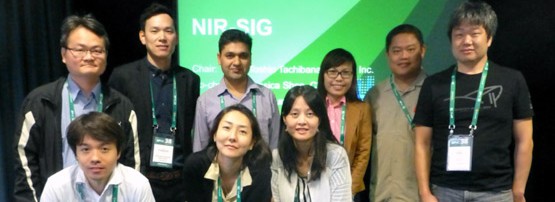
Some time ago at the APNIC 38 NIR SIG, it was great to hear from representatives of all seven National Internet Registries (NIRs) providing updates on activities in their economies. You can revisit the entire session here but there were two interesting things I thought were worth highlighting.
KRNIC, the Korean Network Information Centre, announced a government initiative to encourage IPv6 upgrades. Small enterprises in Korea will get a 7% tax break, and larger businesses and ISPs will get a 3% tax break on the cost of existing Customer Premises Equipment (CPE) replacement. This means the devices that are currently the major cost centre ‘road block’ for some businesses in upgrading to IPv6 can be replaced before their end-of-life depreciation dates.
This is a nice example of the dual role regulators and governments play in the marketplace: we are often aware of the ‘stick’ side of regulation, particularly when regulators establish a competitive regime and place obligations on companies (typically the former monopoly telco). But governments also have the option to provide a ‘carrot’ and offer inducements and support for change.
Lets hope this leads to an increase in IPv6 adoption in Korea. The evidence to date suggests their early broadband adoption has been an overall impediment to IPv6 deployment because of the upgrade issues of their CPE. That’s about to change – and combined with the recent announcement that the government was partnering with large telcos to launch an LTE service shows Korea is getting serious about IPv6.
At the NIR SIG, the China Internet Network Information Centre (CNNIC) also said their June 2014 figures confirm there are 632 million Internet users in China. Given the last ITU-recorded Internet population in China was around 500 million, this is a significant increase. Approximately 527 million of these appear to be active Internet users on mobile devices as well.
That’s some marketplace growth!
The views expressed by the authors of this blog are their own and do not necessarily reflect the views of APNIC. Please note a Code of Conduct applies to this blog.
